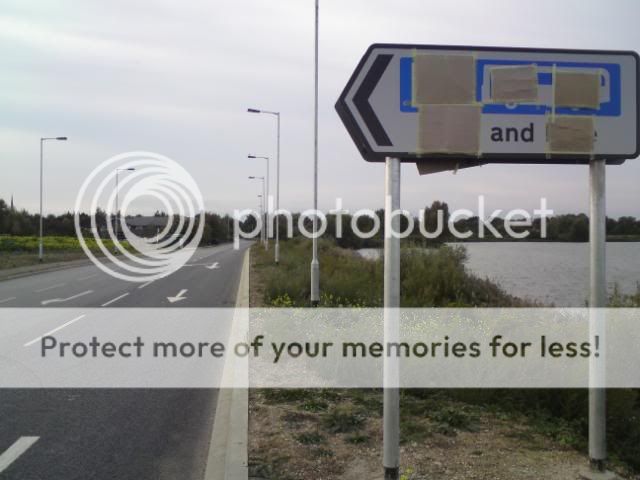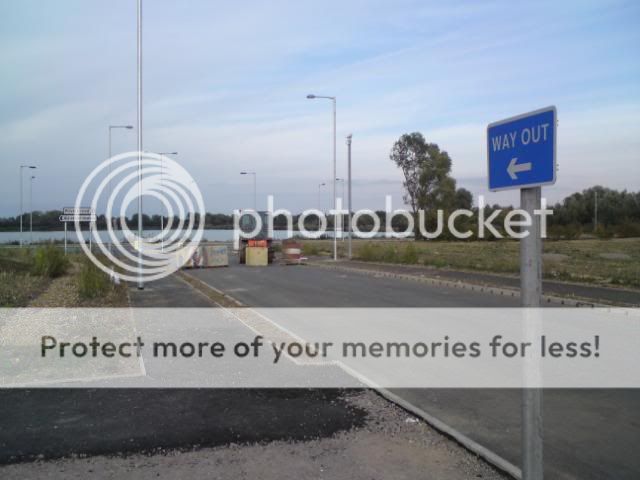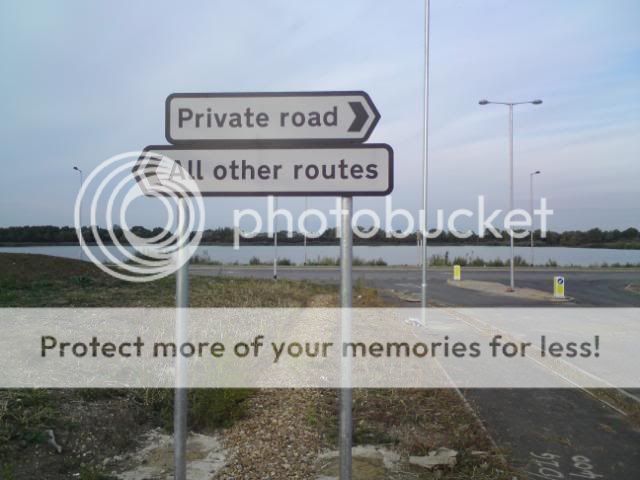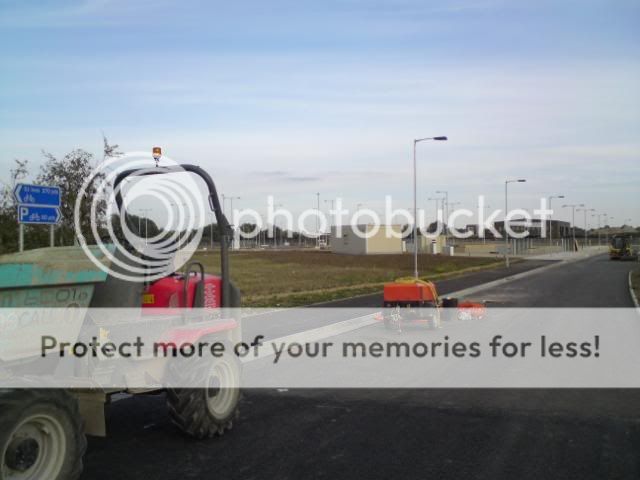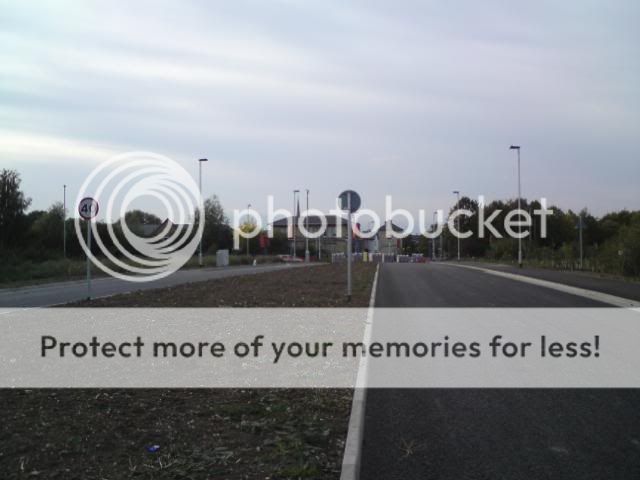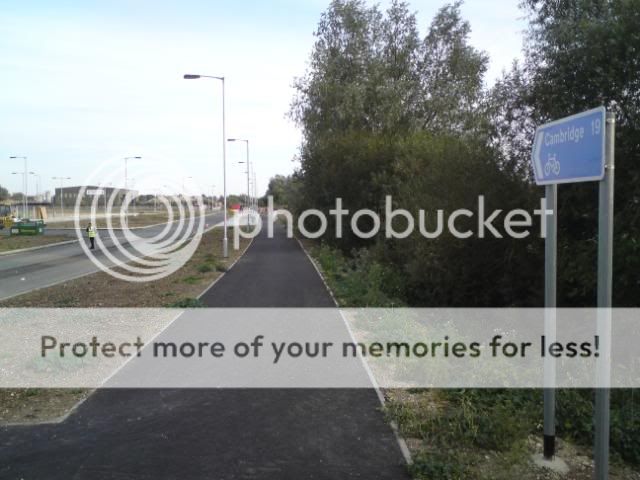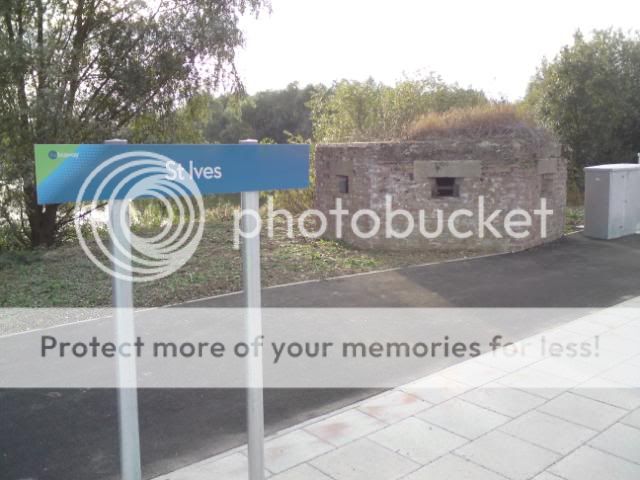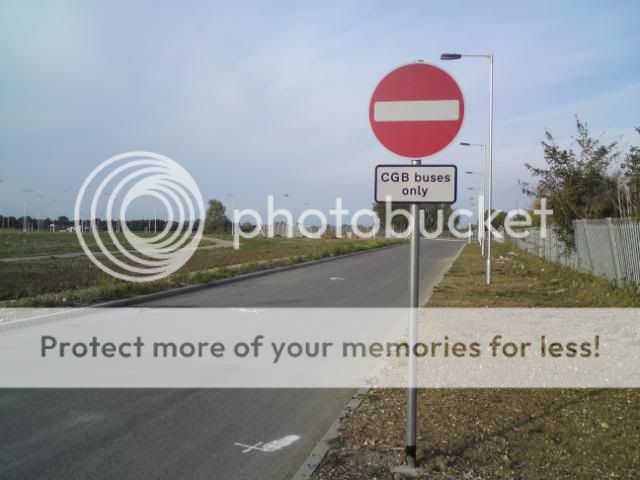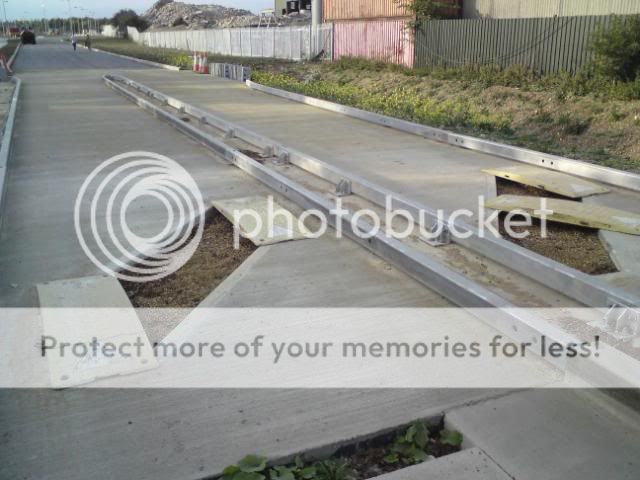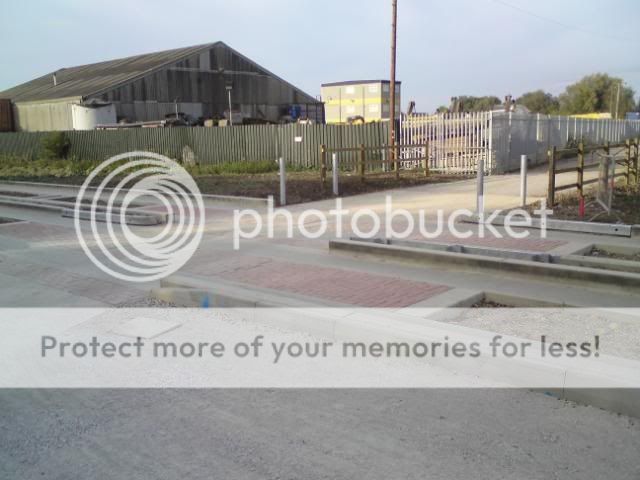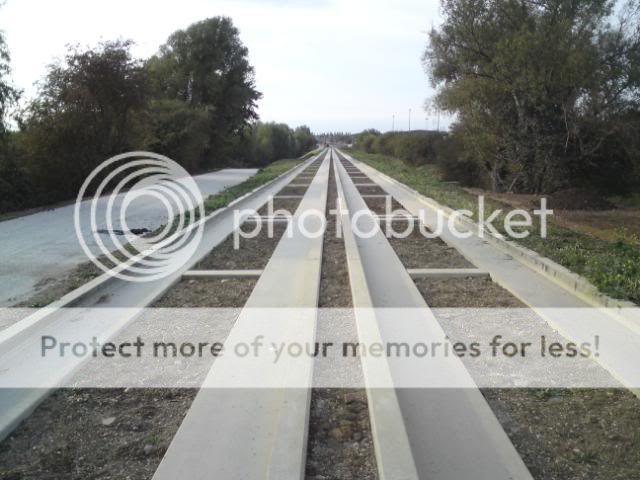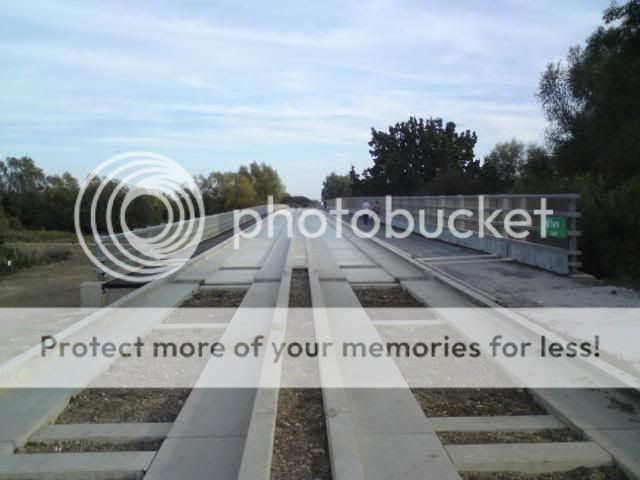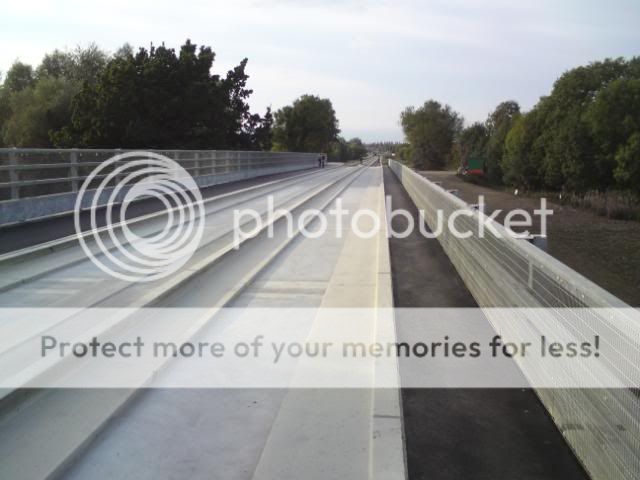A8000Bob wrote:murphaph wrote:Why didn't they just lay a road? It's hard to imagine this thing could be cheaper than standard asphalt construction, and as mentioned a breakdown looks like it would cause havoc.
They were going to build one of these on the old Harcourt alignment in Dublin but thankfully were forced to build a tram instead.
I must say, I've never really gotten the guided bus thing.
Just a thought........ Seeing as it is a former railway and all, why not just reopen the thing.

Guided busways are most useful when a short length of guided route is to be provided on an otherwise conventional bus route. Here we have the opposite, the buses will spend most of the time on the dedicated track, only visiting normal streets at each end. For that, it would be cheaper and easier to lay nomal railwyas (tranmway) lines, using tram tracks for the street running. That's what Croydon did, very succesfully.
There are very few examples of guided busways in the world, and most of them are in the UK - Bradford (2.3km), Crawley (1.5km), Ipswich (200 metres: a second section has been closed), and Leeds (about 800m: like the A64(M), it's much longer in one direction than the other), as well as closed ones in Birmingham and Edinburgh (the latter being converted to a tramway). There is one each in Nagoya (6.5km), Adelaide (12km),
and Essen (another German one, in Mannheim, has closed)
The Cambridgeshire scheme, at 26km, will more than double the total length of busways in the world. I can't help feeling that there must be reason hardly anyone else is doing it!
